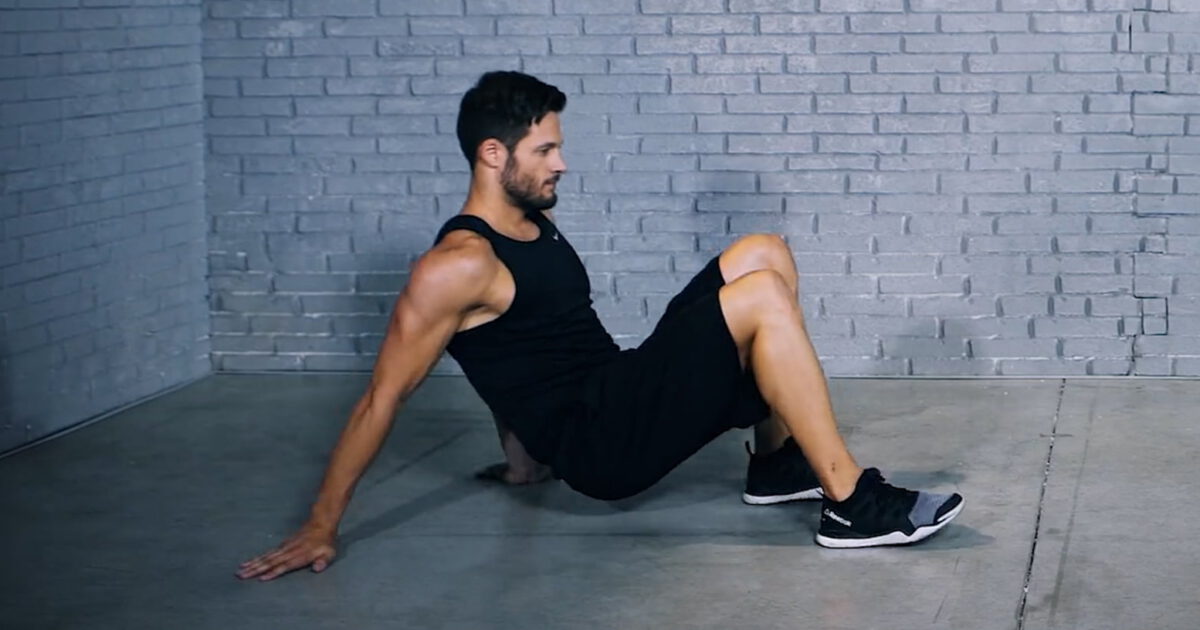The crab walk is the EVO way of turning something fun into a whole-body exercise. Here is how this challenging movement targets almost every muscle in the body and why you should definitely include it in your workouts.
WHAT
- The crab walk is a fun yet challenging move that works almost every muscle in your body.
- The movement is often part of the traditional warm-up. Still, due to the high demands it places on the body, it can also be used as a standalone exercise, or as part of a more active recovery during loaded movements.
HOW
- Begin in a seated position with your hands on the floor just behind you, and the knees bent — feet are resting lightly on heels. Engage the core and set the shoulders.
- Lift the hips off the floor a few inches – this is your start position. You will feel the muscles in your core engage.
- Start walking forward-moving opposite hand and foot in a smooth, coordinated manner.
- Continue for time, reps or distance.

WHY
- As adults, we usually have no challenges with standing, walking and running. However, movements like the crab walking can still help develop coordination and whole-body strength. These are, as you know, useful for overall health and fitness. They are also fun!
- Aside from better coordination, crab walking is a great corrective and strengthening exercise for the entire shoulder. The shoulder girdle is a stable structure — but one develops this stability in a natural way. Crawling patterns provide natural compressive forces to the shoulder, allowing it to establish authentic stability.
- For many people, strength and stability are often weak at end ranges of motion. In the crab walk, the shoulder is very close to the end ranges of extension. When this is combined with general tightness and restriction across the chest/front of the shoulder, it can make this exercise feel very challenging. To help overcome this, try stretching out the chest before performing this exercise, as well as mobilising external shoulder rotation.
- Wrist flexibility is also essential to overall exercise performance. During the crab walk, the hands should be turned outwards for efficient locomotion. However, if there is a restriction in shoulder external rotation, the hands will be forced to turn forwards — increasing the stress on the wrists. Keeping the wrists and shoulder joint mobile will help.
- You can vary the crab walk by moving in different directions, e.g. backwards, sideways. In all variations, aim for smooth, efficient control of movement.
You now know how to move like a crab with the crab walk exercise. We have a full list of different tutorials for you to check here:
- Long jump
- Single-leg balance
- Side lunge
- Tornado
- Core bag deadlift to row
- Reverse plank
- Squat hold
- Jumping lunge with arms overhead
- Jumping jacks
- Inverted jump
- Jumping lunge
- Explosive floor bridge
- Single-leg squat
- Reverse lunge
- Kettlebell clean and press
- Lateral hip foam roll
- Core bag clean
- Deep squat hip out
- Angled push-up
- Abdominal hollow
- Push-up on knees
- Kneeling hip flexor stretch
- Barbell deadlift row
- Dumbbell chest press




